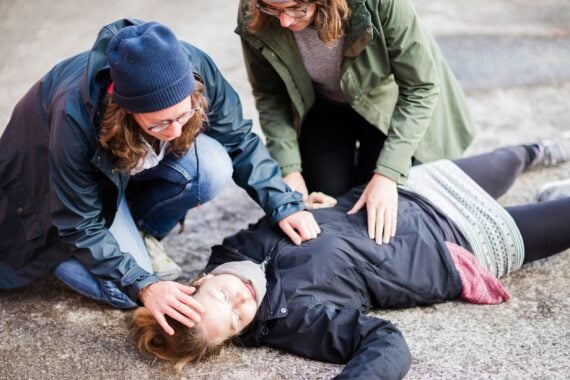When disaster strikes, are you prepared to help others in need? And are you aware of the warning signs of emergency situations and how to avoid potential injury-causing accidents in the first place? Being able to quickly take the proper steps in a high-stress situation can mean the difference between life and death. One of the simplest things to remember is to keep your nerves in check so you can make good decisions, calm the person you’re helping, and help stabilize them until first responders arrive. Here’s what you need to know to equip yourself to handle emergency situations.
Note: The following is not intended as a substitute for professional medical advice, emergency treatment, or first aid training.
Related: 16 Emergency Essentials You Don’t Want to Be Without
Where to Find First Aid Classes
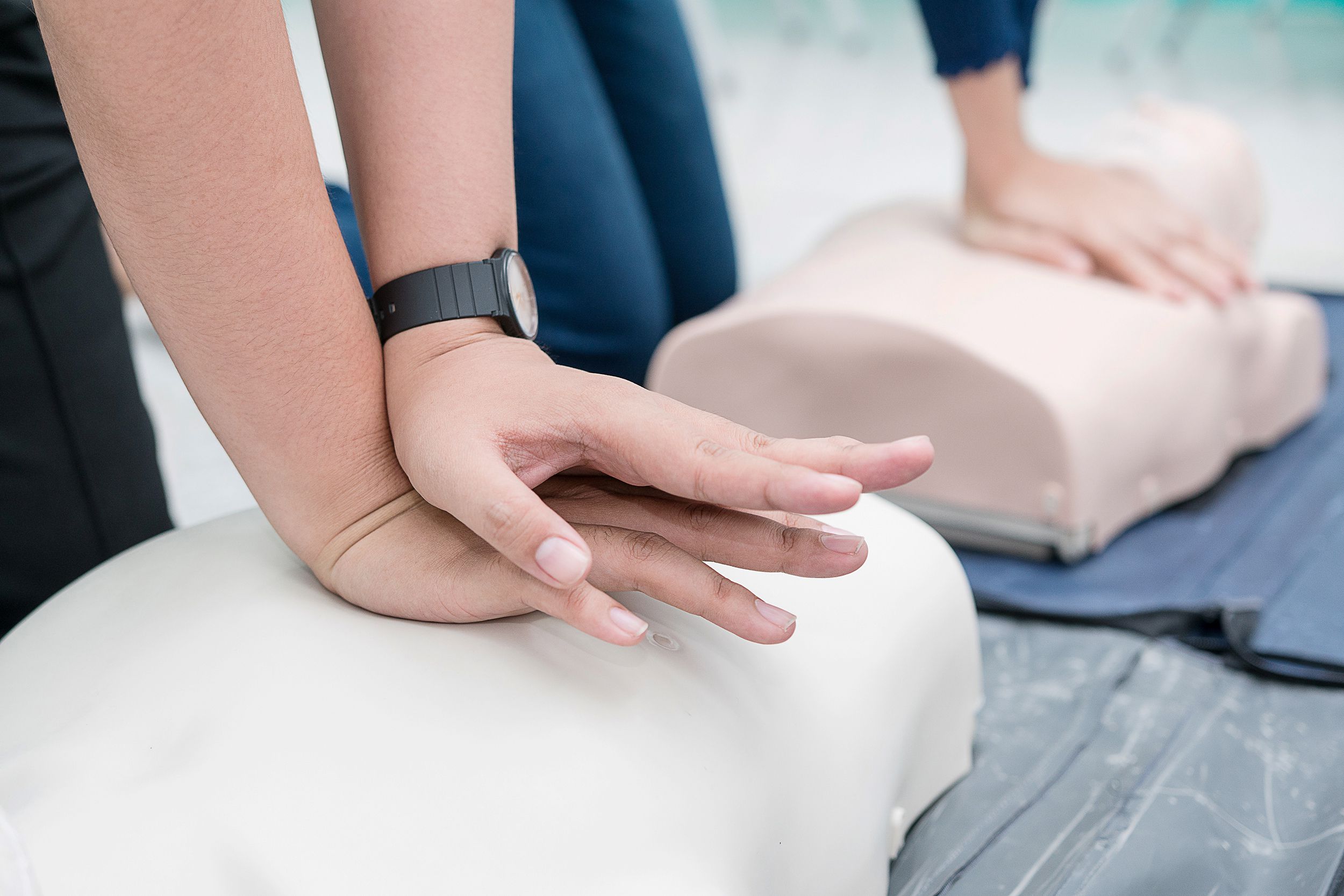
Taking first aid classes is one of the most effective ways to prepare for the unexpected, particularly because some lifesaving techniques are more involved than others. There are community first aid classes offered all over the United States by the Red Cross and American Heart Association, as well as the National Safety Council and health insurers such as Blue Cross.
First Aid Acronyms
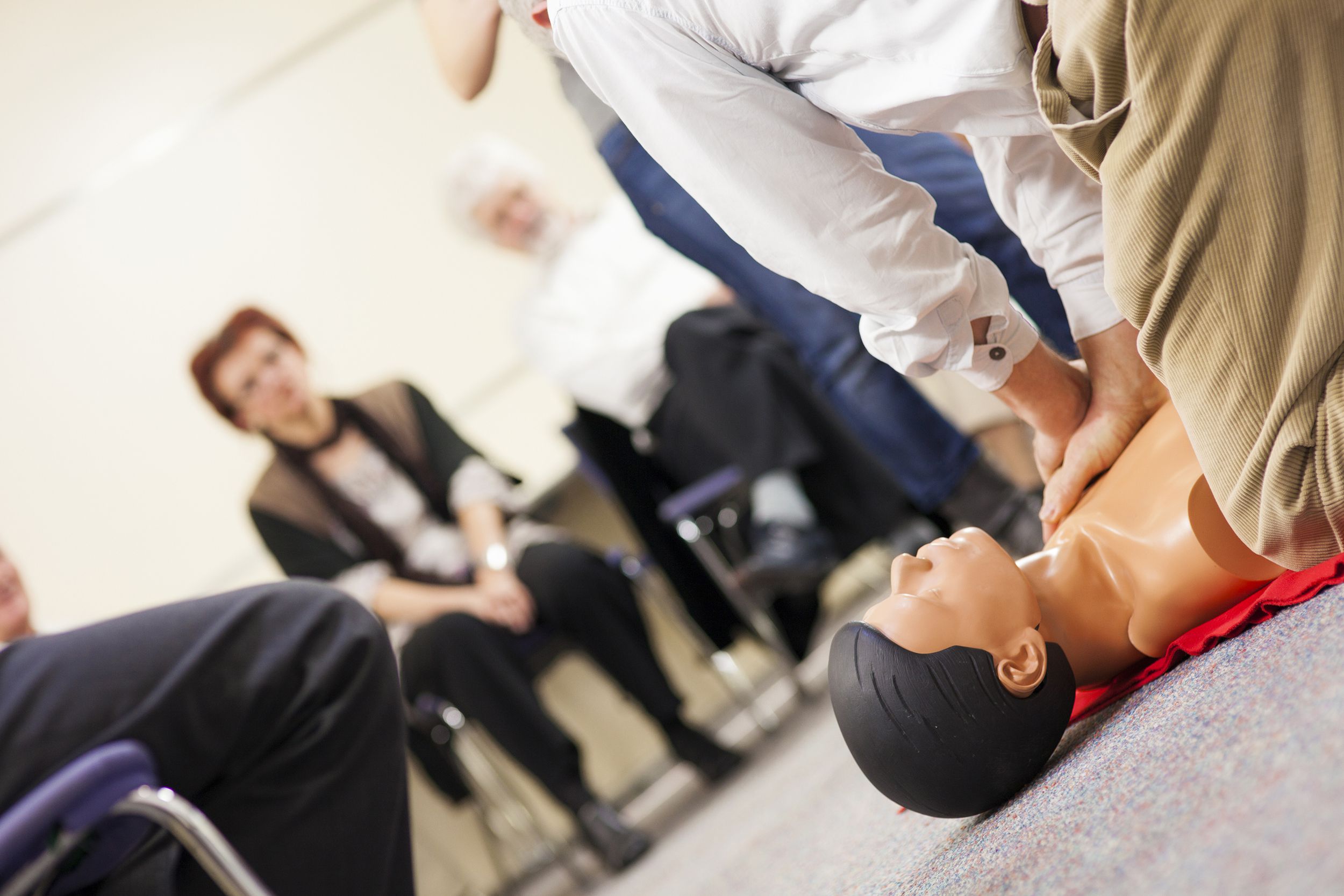
Learn the ABC’s of first aid. The three P’s are: preserve life, prevent further injury, and promote recovery. BLS, or basic life support, has four parts: assessment, airway maintenance, chest compressions, and rescue breathing. CPR is cardiopulmonary resuscitation, which can be vital when someone’s breathing and heart have stopped. In the event this happens, instruct someone to get an AED — automated external defibrillator — if there’s one nearby, and call emergency service immediately.
Stocking a First Aid Kit
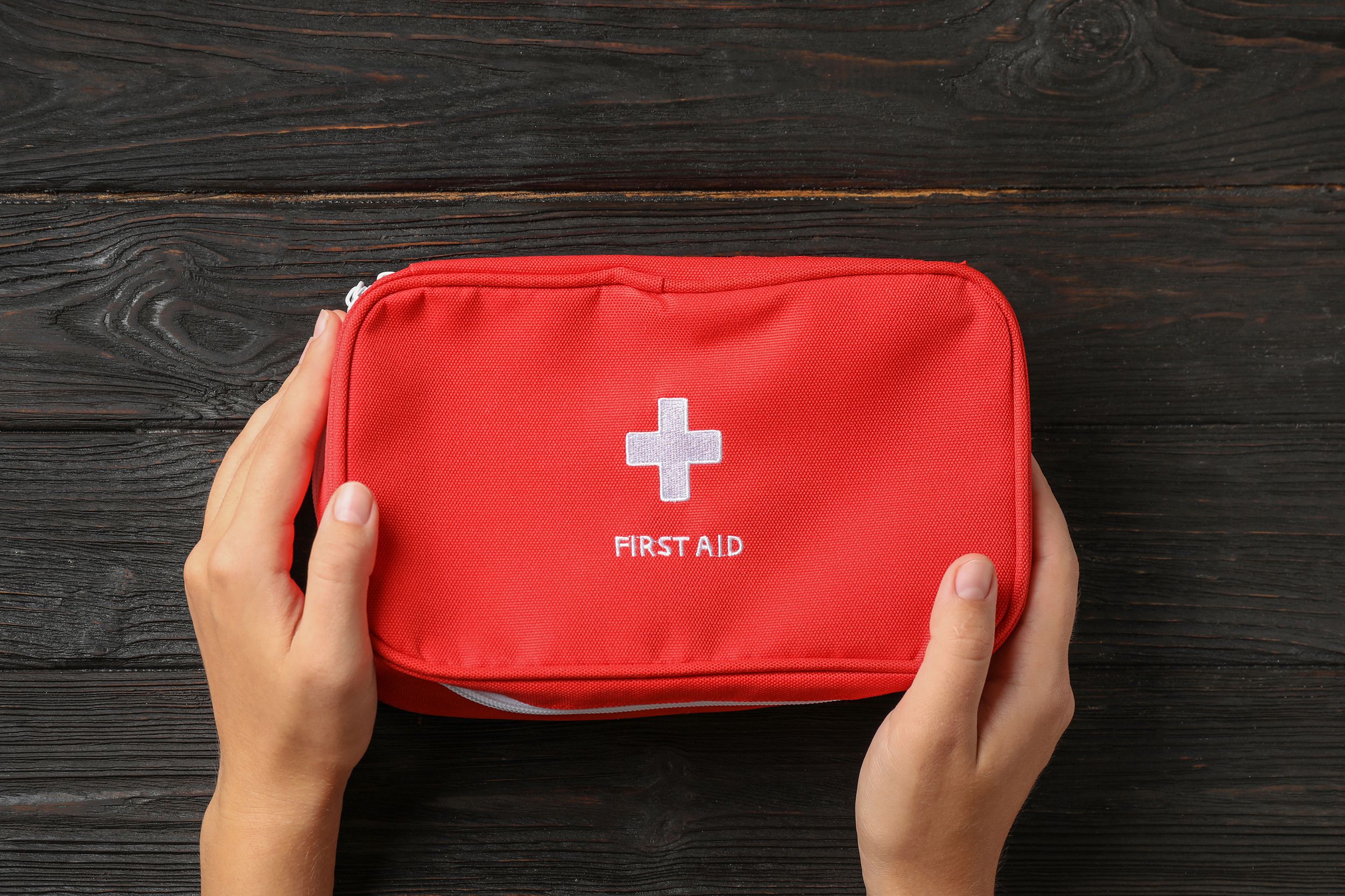
Keep proper, fully equipped first aid kits on hand in your home and car, where you should also keep a clean blanket, towel, and, in the wintertime, some extra gloves. Having clean, potable water is important too.
For Burns
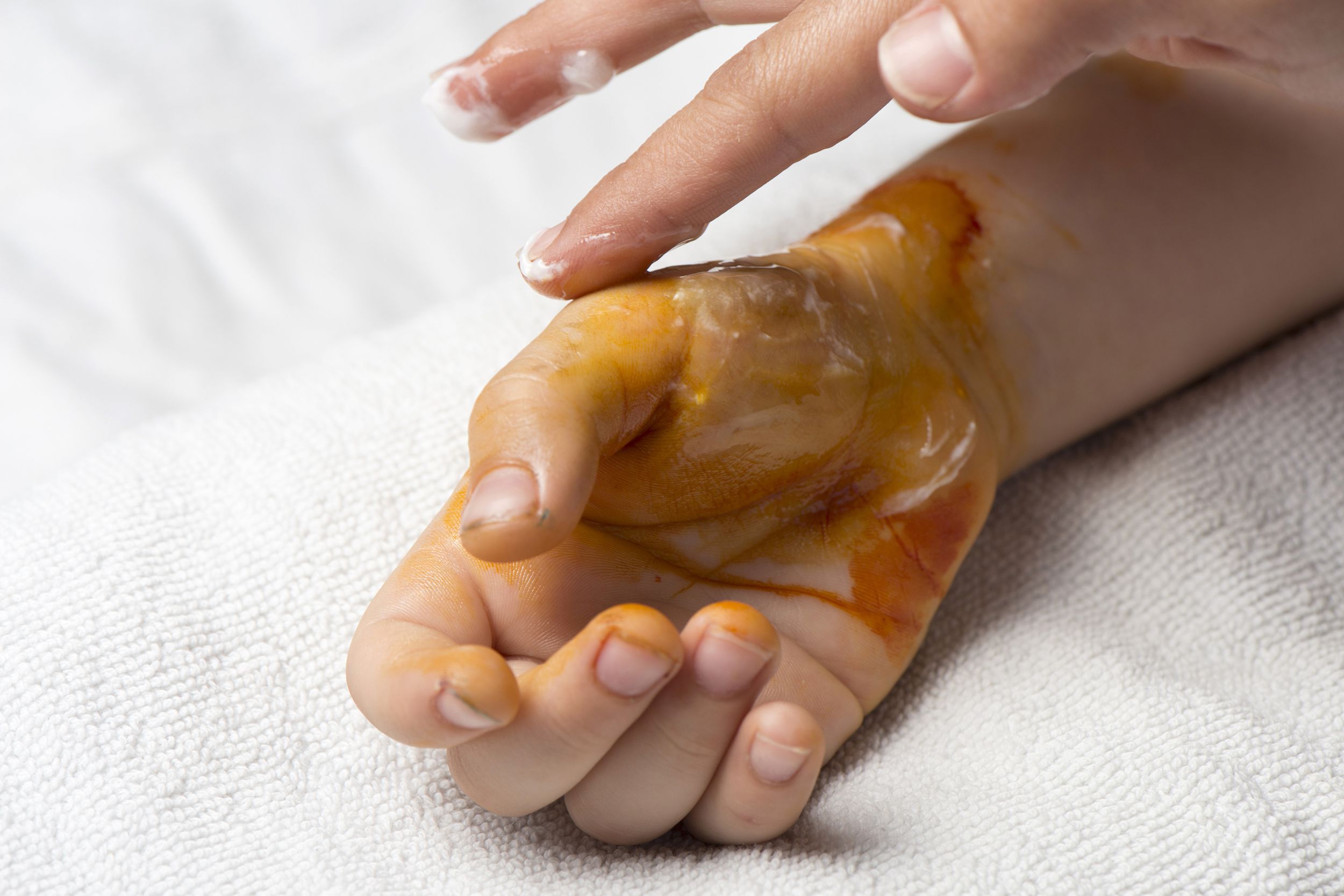
When tending to someone with a burn, first assess the severity. Lesser burns are no more than 3 inches in diameter and can have the redness of a sunburn, or you may see the outer layer of skin burned and developing blisters. For treatment, cool the skin with water, apply lotion with aloe or a moisturizer, and bandage the burned area loosely with sterile gauze. More severely burned skin may appear charred or white, with the top layers damaged irreversibly. It should be treated by elevating the affected area, covering it with cool, moist bandages or a clean cloth, and calling 911 immediately. Never immerse a severe burn in water.
For Eye Injuries
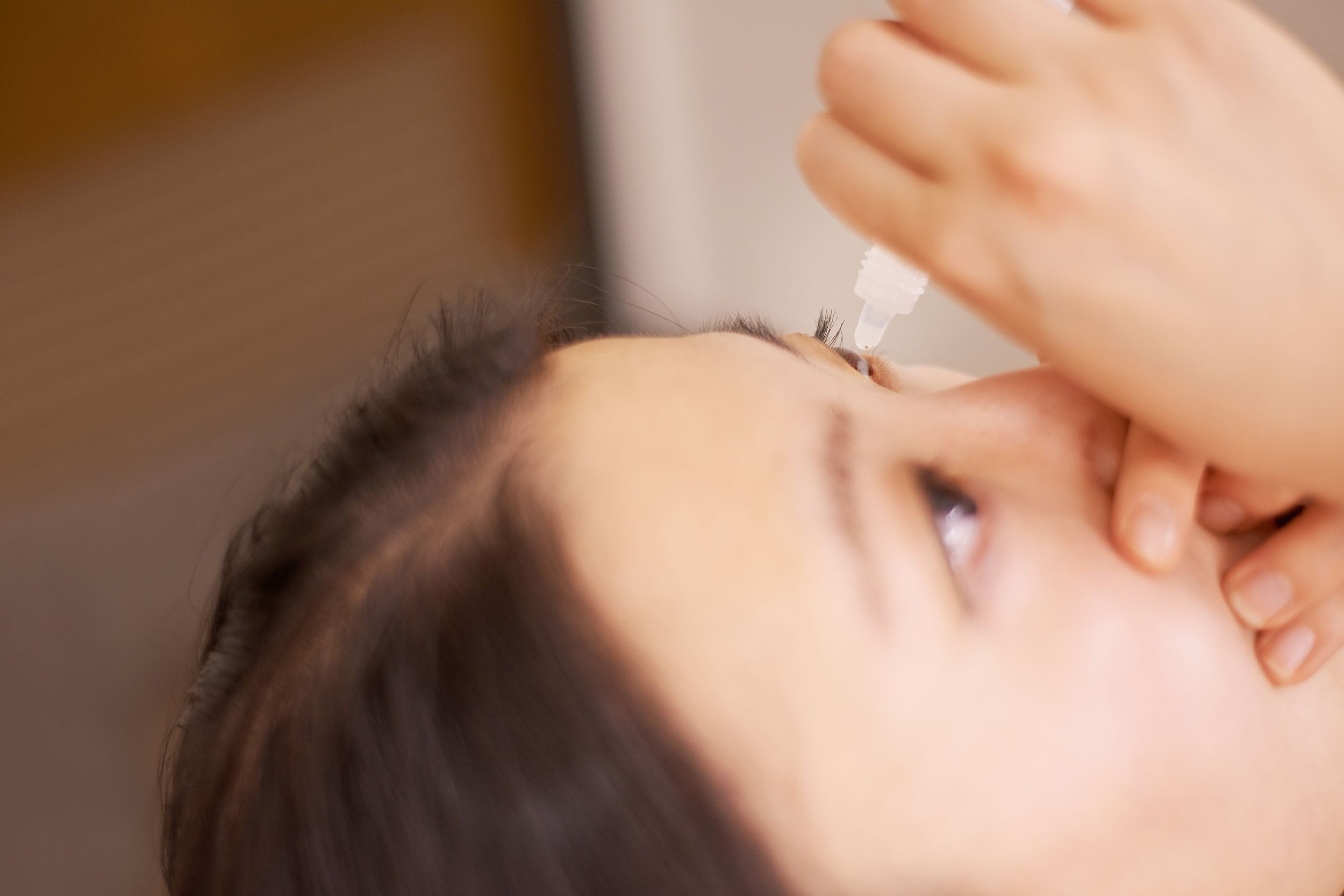
A foreign object in the eye that is metal, glass, or another man-made material requires fast action. Do not rub the eye; your home or car first aid kit should include sterile saline eye solution to help flush out the object. Chemical burns and splashes need immediate flushing with clean water. For more serious injuries from blows, scratches, or even puncture wounds, do not apply pressure or water. Seek immediate medical help.
Trending on Cheapism
For Falls
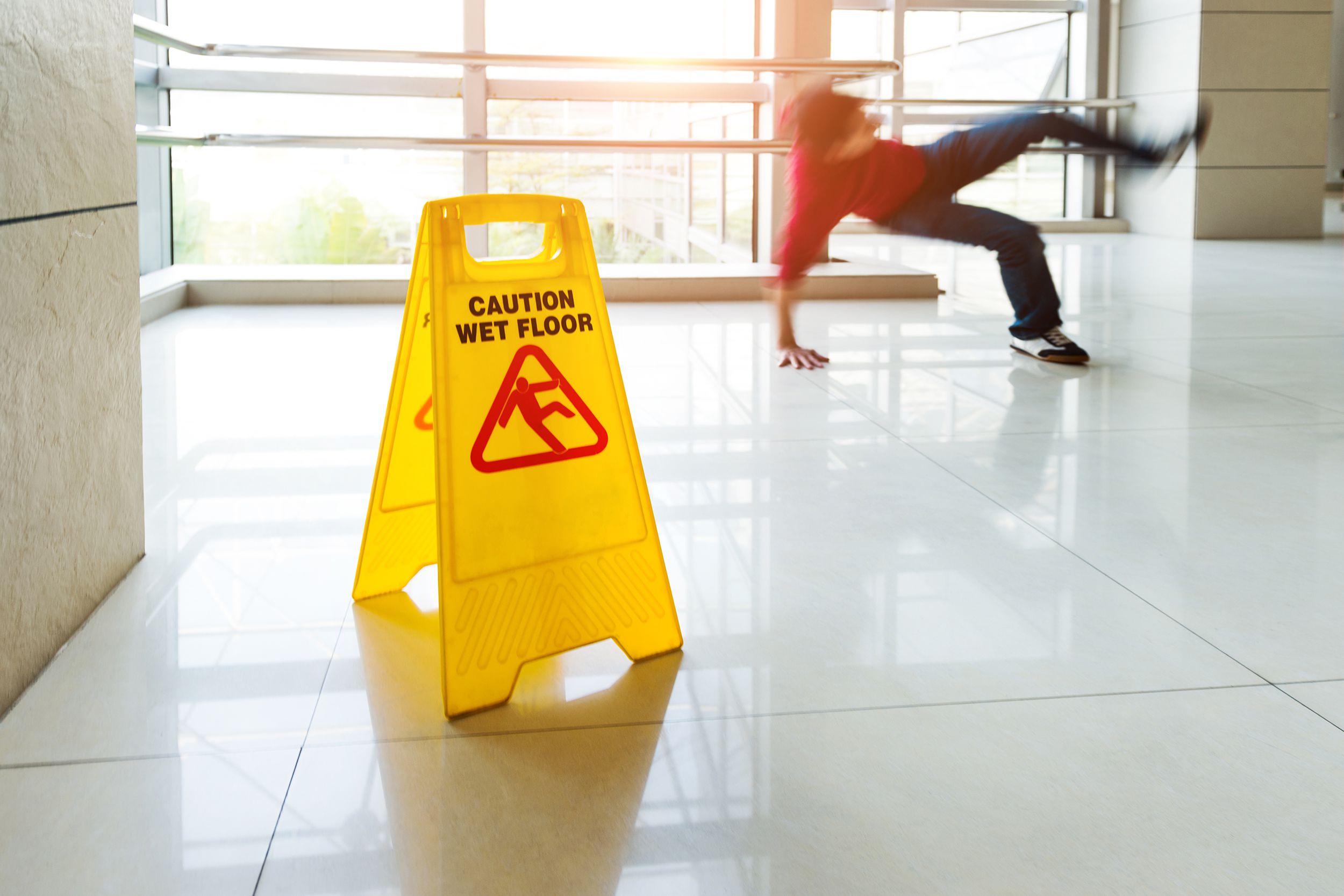
Help victims hurt by a fall get into a comfortable position, elevate the injured area, and apply an ice pack for at least 20 minutes. Serious falls may require an immediate 911 call. Do not move the head, neck, or back, and keep the person warm and calm until EMTs arrive on the scene.
Related: 10 Common Reasons for Falling Injuries — and How to Prevent Them
For Suspected Heart Attack
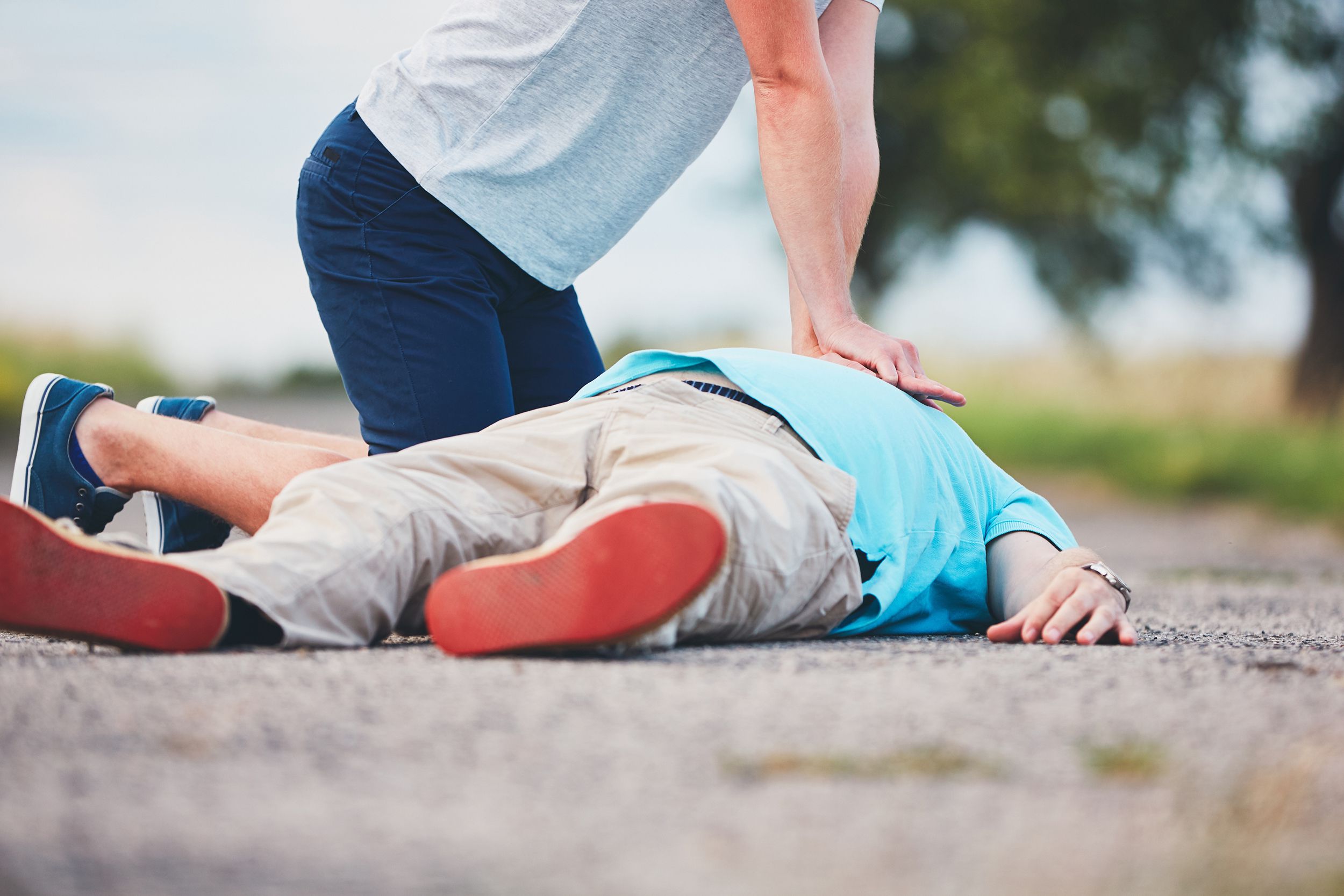
CPR uses a combination of chest compressions and “rescue breaths” to get oxygen circulating. You’ll want to give 30 chest compressions in a row — believe it or not, doing this to the beat of the Bee Gees’ “Stayin’ Alive” is a recommended technique. Rescue breaths are delivered by tilting a victim’s head and lifting the chin (opening the airway), pinching the nose, and breathing into the mouth so you can see the chest rise. You might do the 30 compressions followed by two breaths, then repeat, although the American Heart Association recommends hands-only CPR without rescue breaths, to encourage bystanders to get involved even if they aren’t comfortable giving breaths. If there is a defibrillator available and you know how to use it, it can help restart the heart. CPR is a big deal; consider enrolling in a class taught by a certified instructor.
For Suspected Stroke
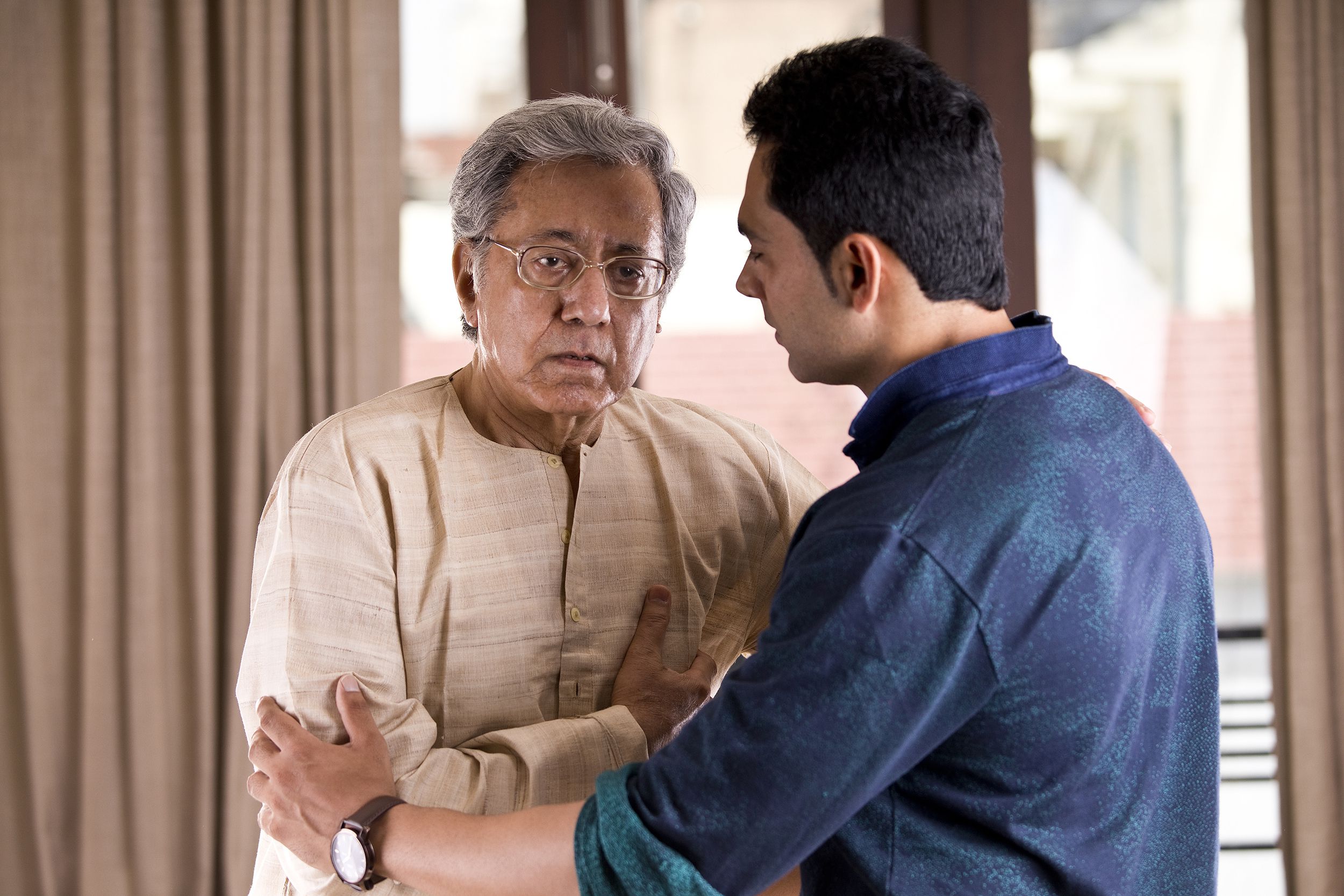
Both kinds of stroke — ischemic, the more common, caused by a clot in a blood vessel, and hemorrhagic, caused by a ruptured blood vessel — require swift action. Apply the FAST test from the National Stroke Association: face (is it drooping? And if you ask for a smile, is it lopsided?), arm (is one arm weak when you ask them to raise both?), speech (is the potential victim having difficulty speaking clearly, or maybe slurring their words?). If any of the answers are yes, it’s time to call 911 immediately for help, even if the symptoms stop. Give no medication, food, or drink; get the person to a hospital or emergency responder as soon as possible.
Sign up for our newsletter
For Seizures
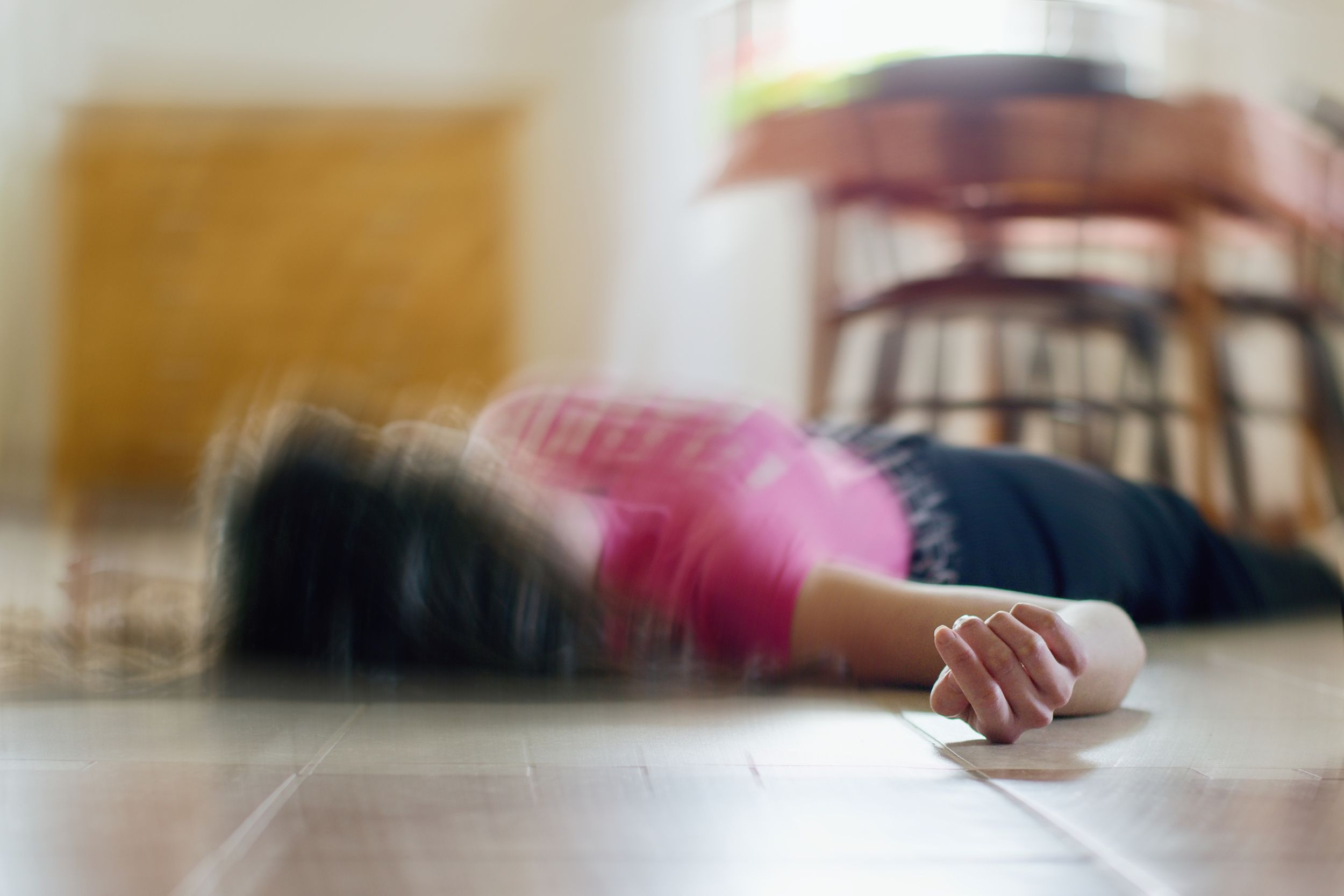
Ease the person seizing to the ground and keep them safe — removing eyewear and anything around that could cause injury. Do not restrain or hold down the person, the Centers for Disease Control and Prevention says. Do not put anything inside the person’s mouth. Do not give CPR. Let the seizure pass and call 911 if it lasted longer than five minutes, repeats, or has never happened before, or if it comes atop another condition such as diabetes or pregnancy. Don’t offer water or food until someone who has seized is fully alert and ideally has been medically cleared.
For Choking
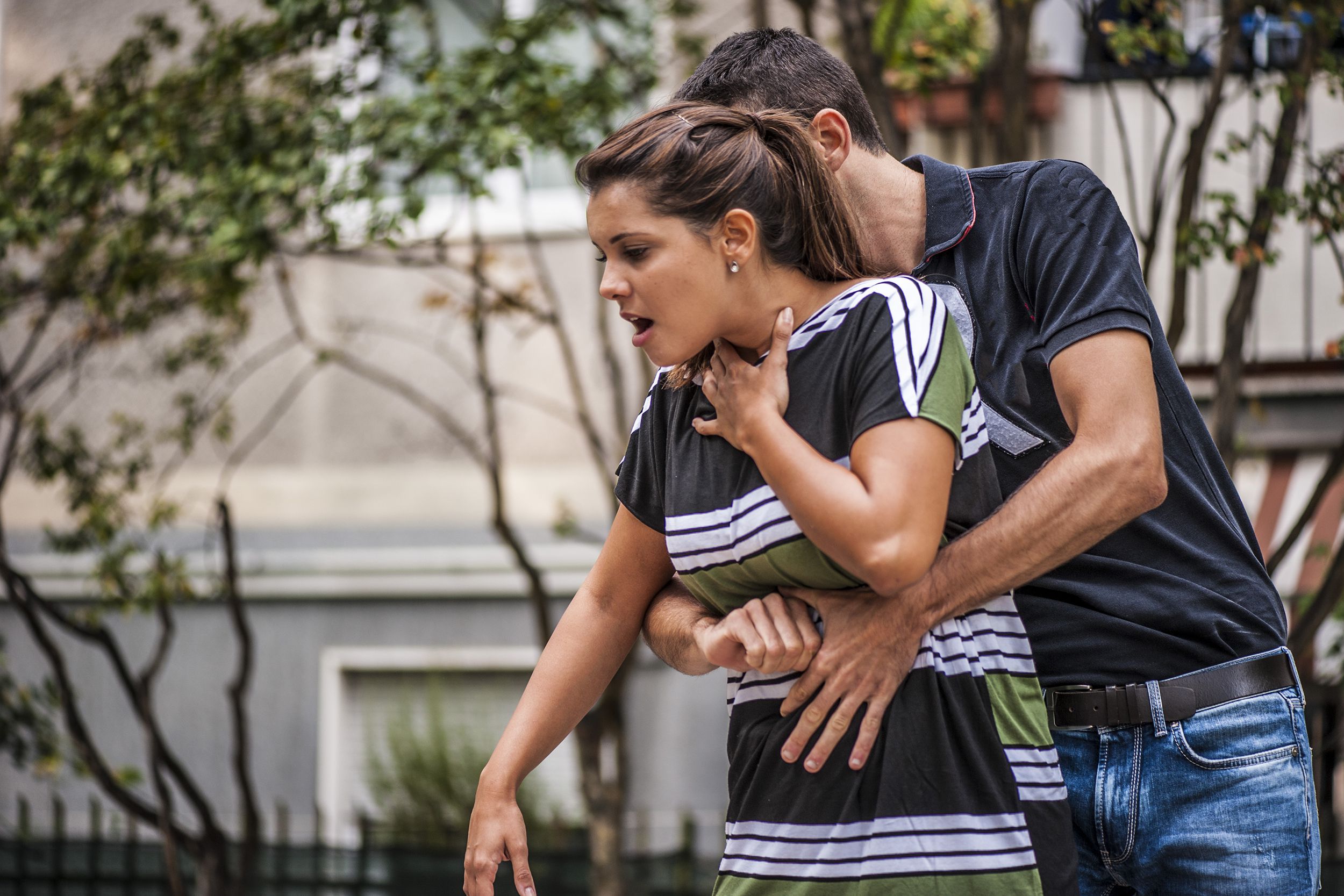
The Heimlich maneuver can save a choking adult. “Stand behind the person choking, wrap your arms around the person’s back, and form a fist below the rib cage but above the belly button, grasp your fist with the other hand, and press into the person’s upper abdomen with a fast upper thrust,” says Anthony Kouri, an orthopedic surgeon at the University of Toledo Medical Center. “Continue doing this until the object has been dislodged. It is important to note: This is not the maneuver to do on a pregnant woman, a small child, or infant.” It can do more harm than good. The National Safety Council offers specific instructions for those circumstances. The Red Cross also recommends back blows, in addition to abdominal thrusts, for an adult or child who is conscious and choking.
For Bleeding
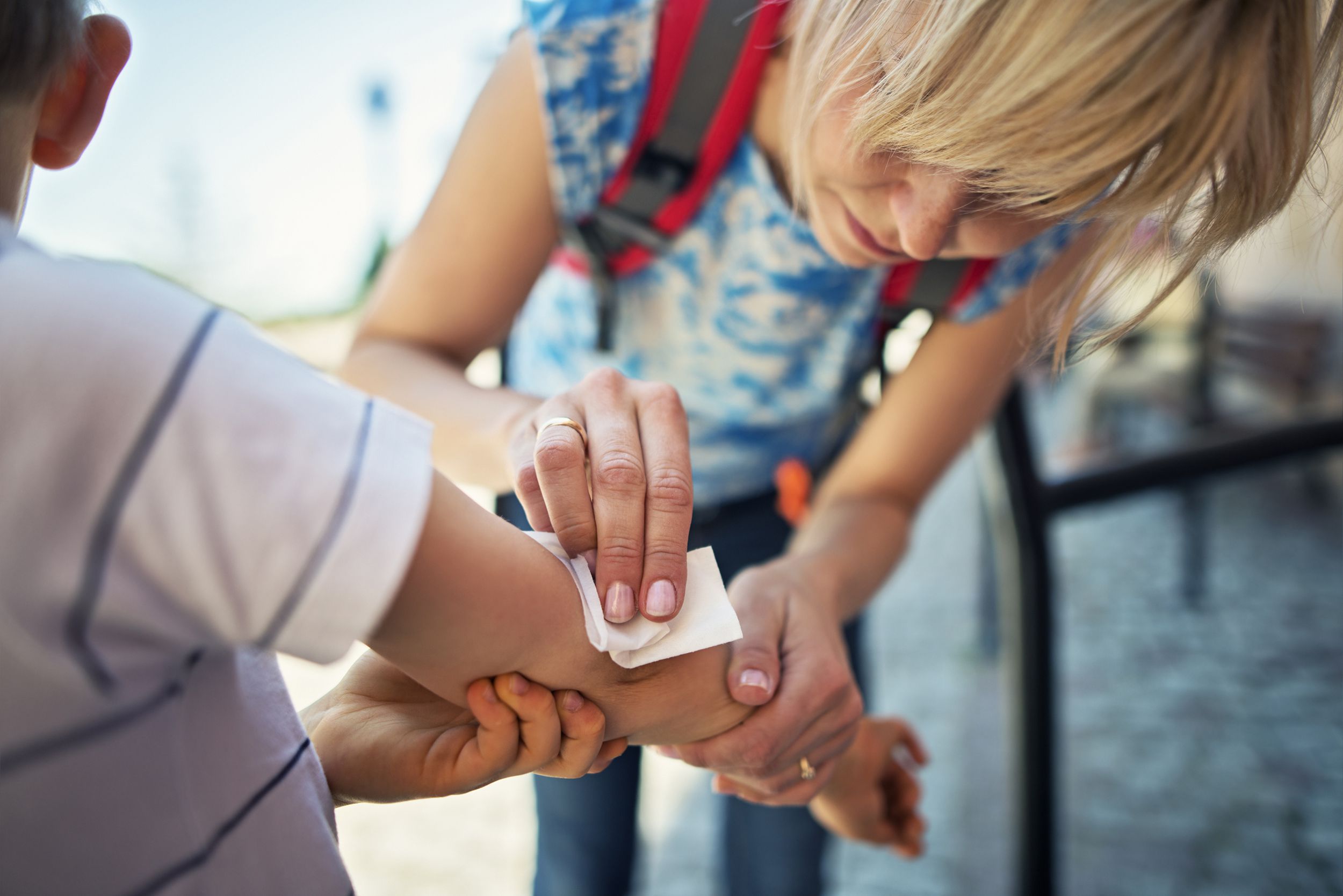
For someone with significant bleeding, slow it by removing clothing or debris on the wound, but do not remove any embedded objects, clean the wound, or probe it further. Simply place a large bandage or clean cloth onto the wound and hold firm pressure until the bleeding stops, without placing direct pressure on the embedded object, Kouri says. Lay the person down and raise the bleeding limb above the level of the heart. “If the blood starts to soak through the bandage, do not remove it,” he says. “Place another bandage over the top of it and continue to press firmly.”
Applying a Tourniquet
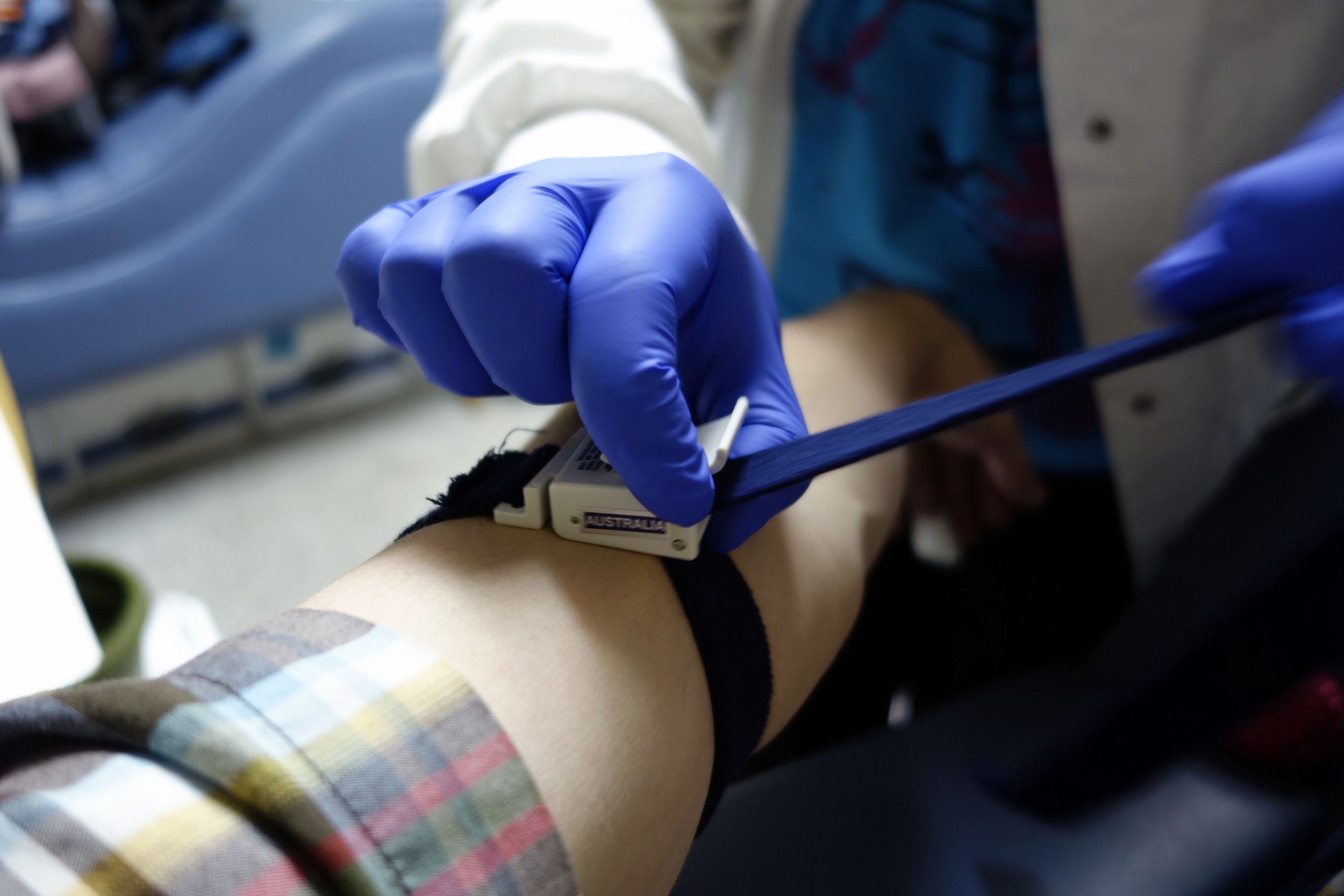
If at this point the bleeding has not subsided, Kouri says, it’s time to place a tourniquet, which will safely limit blood loss for a few hours before getting to a hospital. Life-threatening blood loss will often appear as pulsating and bright red, but it can also appear dark red, in a steady flow. The tourniquet should be placed on bare skin 2 inches above the wound, but not on a joint, and be pulled tight, Kouri says. Many objects can be used as a tourniquet, including clothing, a belt, or a seat belt, in addition to a formal tourniquet such as those available from the Red Cross, which gives clear directions and step-by-step techniques to stabilize someone before emergency responders arrive on the scene.
Water Safety
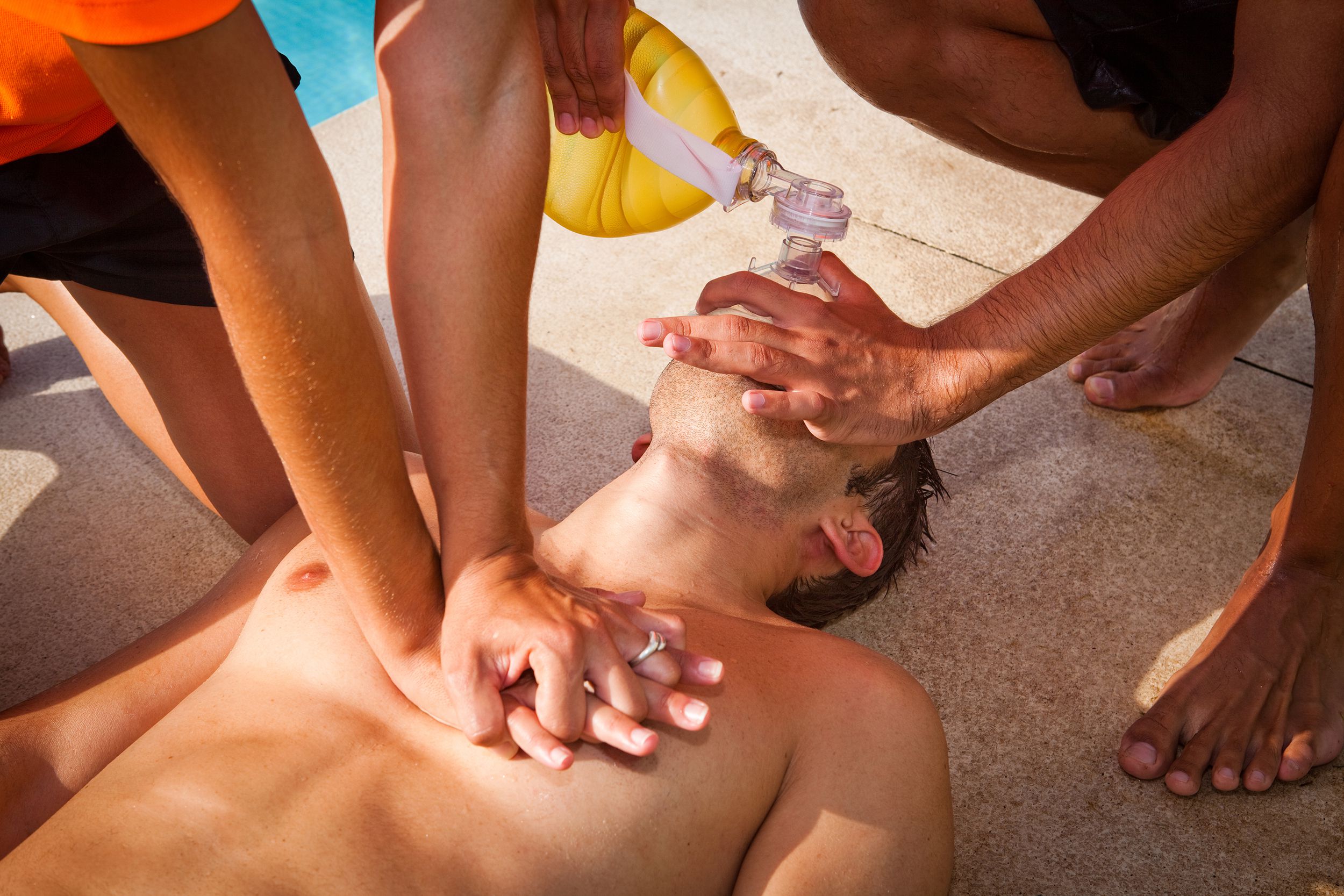
Avoid diving and you could save yourself from spinal cord injuries, paralysis, and even death. Electrical storms also are a red flag for boaters and swimmers. But the danger you are more likely to encounter is drowning. To get vital oxygen flowing, turn to CPR — keeping in mind that, when starting CPR for a drowning victim, some experts recommend five rescue breaths before compressions. When someone starts breathing again, get them on their side and keep them warm.
Avoiding Conflict and Danger

Preventing injuries avoids the need for first aid, so learn to mitigate the most obvious dangers, at least. Emergency room and trauma doctor Paul Weinberg says this means driving safely. “Obey traffic laws, particularly regarding speeding, which is a killer,” he says. “And that includes not driving under the influence of any medication or alcohol.” In addition, avoid unnecessary conflict by walking away from situations of escalating tension.
Workplace Safety
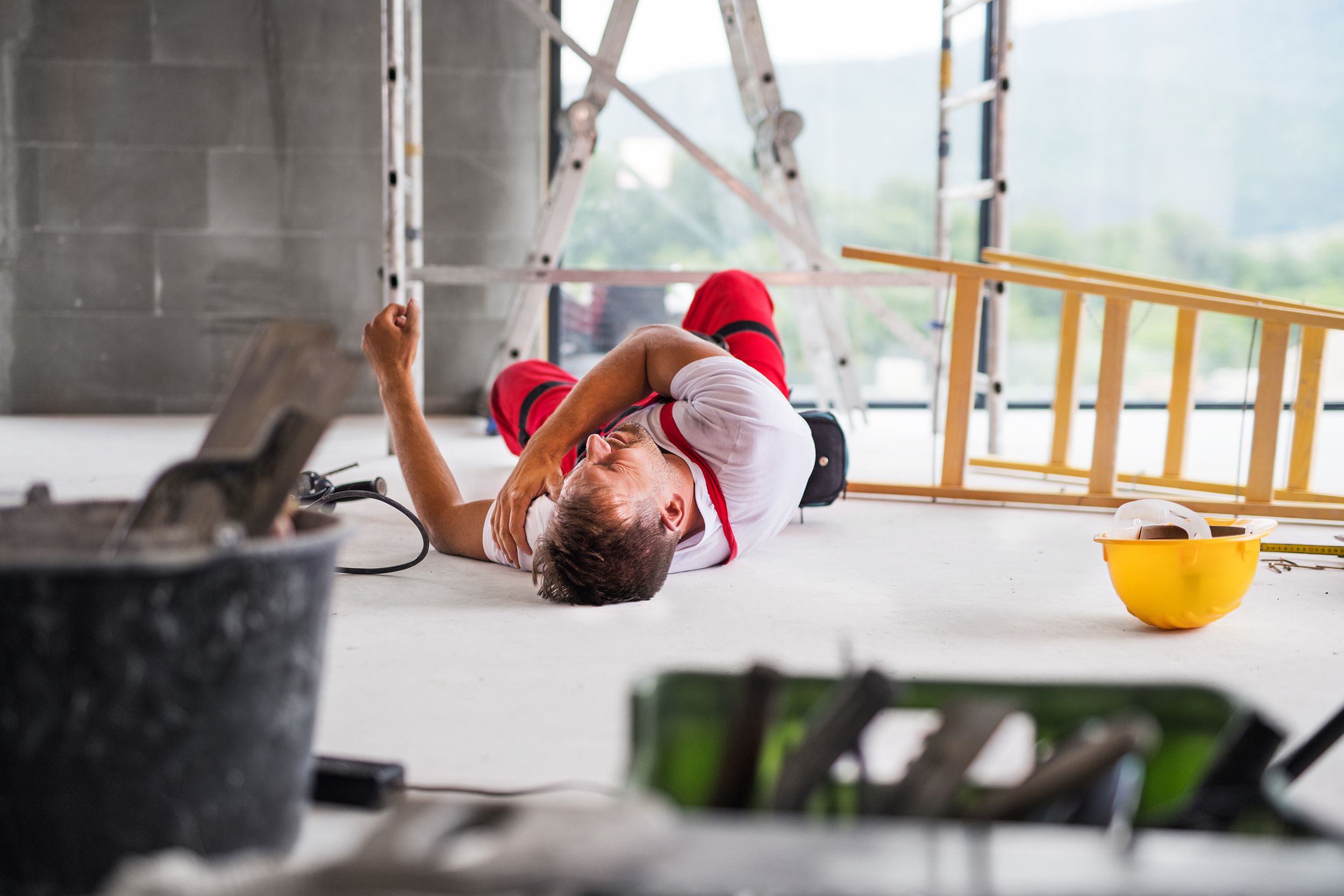
Workers need to familiarize themselves with the personal protection equipment required by employers — and use it, the federal Occupational Safety and Health Administration says. Safeguard against fatigue and distraction when your job requires you to operate dangerous equipment. Use protective eyewear and earplugs if required. Unplug power tools when not using them, and handle chemicals such as herbicides and pesticides with extreme caution.
